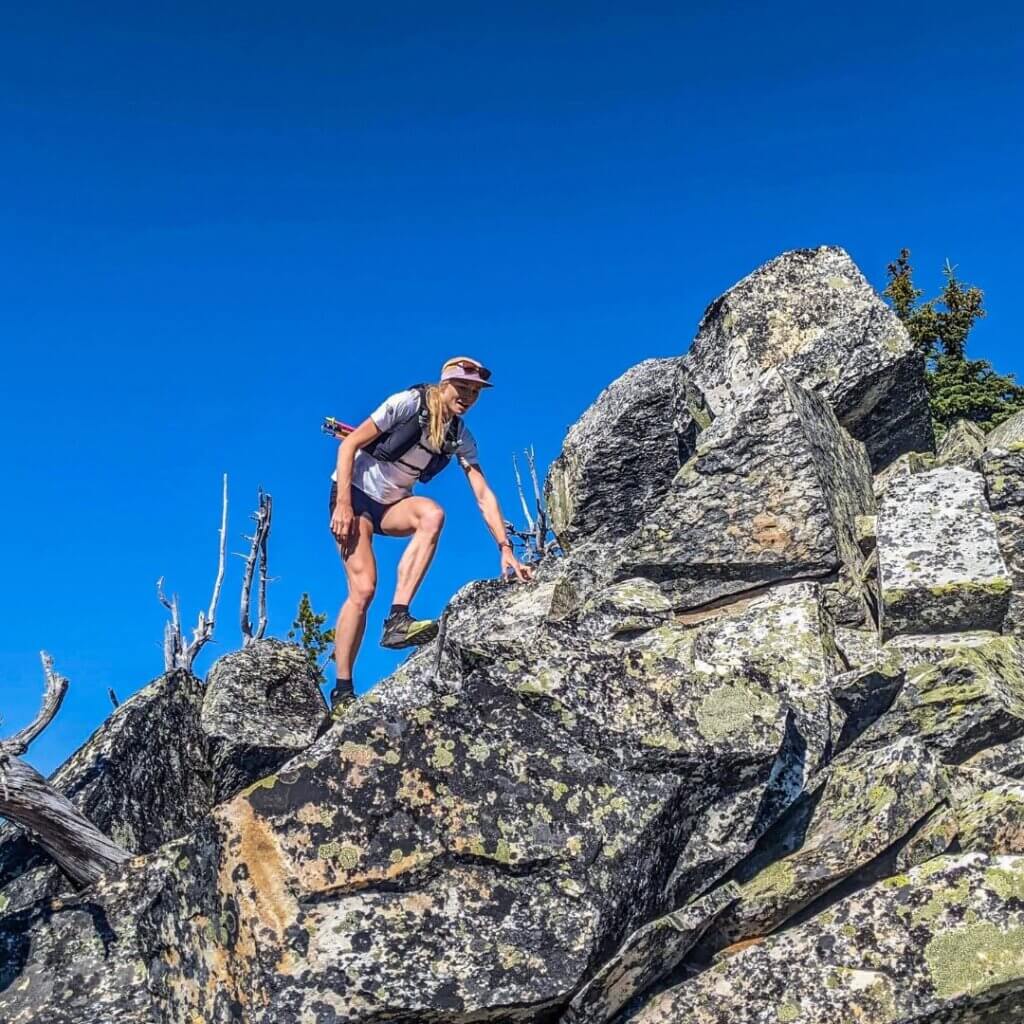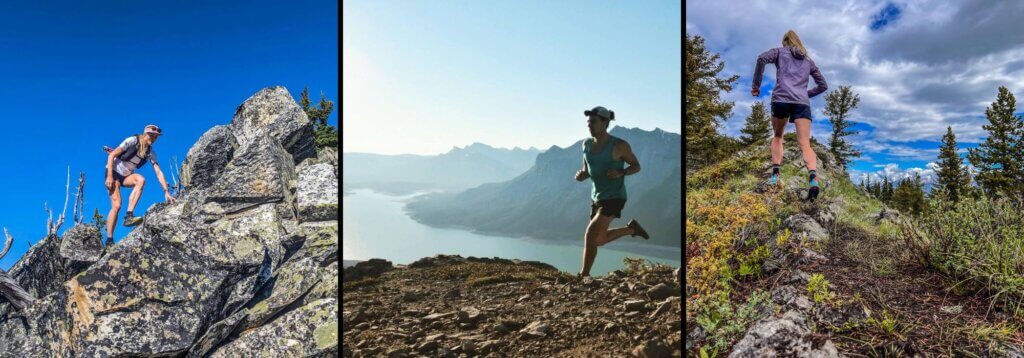
Trail Running in the Bow Valley: Preventing and Managing Injuries
Running in the Bow Valley: Preventing and Managing Injuries

Living in the Bow Valley, surrounded by big peaks and fun trails offers a paradise for runners. With the increasing popularity of longer trail runs, mountain passes and peak bagging, it’s essential to take care of your body to ensure a full, injury-free summer.
The Importance of Massage Therapy for Mountain Running
Massage therapy plays a crucial role in maintaining a runner’s health and performance. One key technique is a “flush” of the legs, which involves applying broader, firm pressure to move blood and encourage circulation. This helps keep your legs feeling lighter and prevents that “bogged down” feeling.
Key Areas to Focus On:
- IT Bands: Ensuring the IT bands glide smoothly over the quads and hamstrings is vital. Tight IT bands can cause friction and discomfort.
- Patella: Keeping the patella moving smoothly by loosening tight quads is important. Running downhill often tightens the quads, as they work hard to slow you down and absorb impact.
- Quads: Regularly addressing tight quads can prevent issues with knee movement and overall leg function.
Common Injuries and How to Prevent Them
Plantar Fasciitis: This is a frequent issue for trail runners. It involves inflammation of the plantar fascia, the tissue connecting your heel to your toes. To prevent plantar fasciitis, focus on keeping the muscles in your feet and calves loose through stretching, strengthening exercises, and regular massage therapy.
Low Back Tightness: Carrying a light pack or overusing the quadratus lumborum (QL) muscles for stabilization on uneven ground can lead to low back tightness. Regular massages targeting these muscles, along with proper stretching and strengthening exercises, can alleviate and prevent back pain.
Tips for Staying Injury-Free
- Regular Massage Therapy: Incorporate massage therapy into your routine to keep your muscles loose, improve circulation, and prevent tightness.
- Stretching and Strengthening: Focus on stretching key muscle groups like the quads, hamstrings, calves, and lower back. Strengthening exercises for these areas can also help prevent injuries.
- Proper Footwear: Invest in high-quality trail running shoes that provide adequate support and cushioning for rough terrain.
- Warm-Up and Cool-Down: Always warm up before your run and cool down afterward with gentle stretching to prepare your muscles and aid in recovery.
- Hydration and Nutrition: Stay hydrated and maintain a balanced diet to support muscle function and recovery.
By taking these steps, you can enjoy the beautiful trails in and around the Bow Valley while minimizing the risk of injuries. Happy running!

Leave a Reply